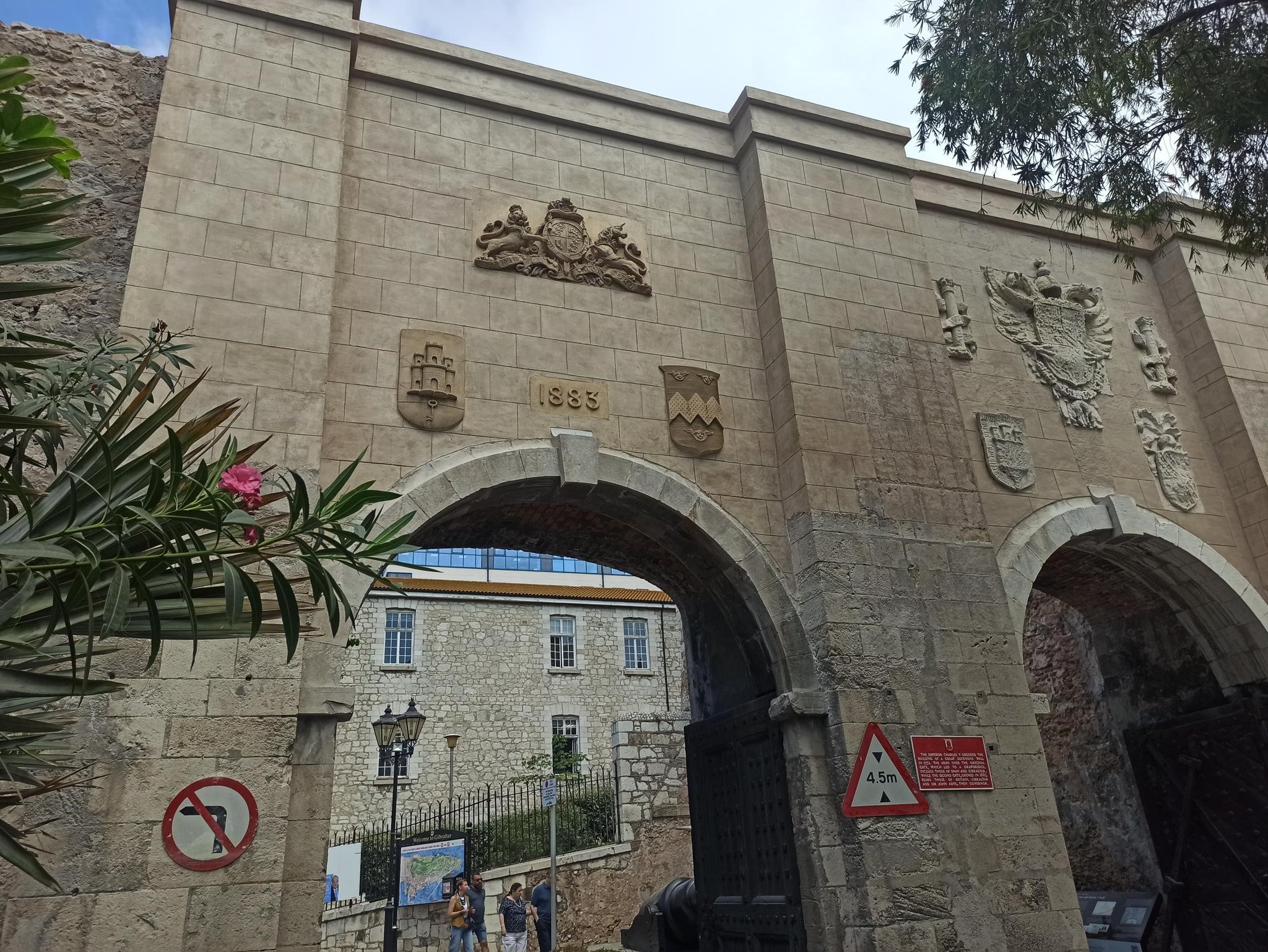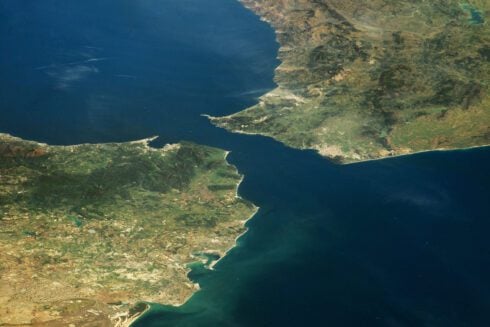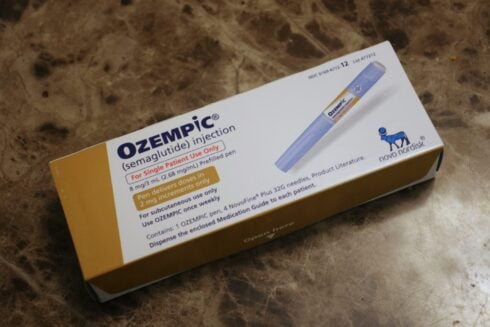THE Ministry of Heritage has restored the iconic Southport Gates to Gibraltar’s Main Street that date back to 1883 to their former glory after weeks of painstaking work.
National museum restorer Manuel Jaen led the works, dismantling and cleaning the coats of arms and shields before returning them to their place.
Helped by government archaeologist Dominic Lopez, Jaen used materials which would fit in well with the ancient walls and pillars that make up the gates.
They carried out their work under the guidelines of the various International Restoration Charters.
These charters lay out how to protect, conserve and safeguard historic works of art.
Helped by local contractors, the team ripped out roots that were damaging the decades-long neglected gates and sprayed the walls with herbicide.
The roots had spread throughout the inside of the walls and were affecting the 1883 gate and the upper part of the wall above the Africa Gate.
They had to dismantle sections of a pillar and part of a wall, referencing each of the different elements to then return them to their exact location.
Workers then touched up the coats of arms of Charles V and the governor of Gibraltar that were above the Africa Gate.
They cleaned and treated the different parts of the walls and pillar for fungi, lichen and blackened stains.
Finally, they coloured the different types of rendering to match the rest of the gateway.
The Ministry of Heritage then added four new interpretation panels to describe to visitors the history of the monument.

Acting Minister for Heritage John Cortes said the repair was part of his ‘policy of investing in small scale but highly valuable projects’.
“Yet again, we have found a way to beautify a site that had been neglected for decades,” Cortes said.
“I would like to take this opportunity to thank the entire team involved.”
The first gate dates back to 1552, the second to 1883 and the third open entrance for southbound traffic built in 1967 and dubbed Referendum Gate.
The gates form part of the Charles V wall that wound its way up the Rock and were part of the earliest fortifications of Gibraltar’s southern town centre.
ALSO READ:
- Gibraltar International Bank wins heritage award for ‘sensitive conversion’ of its head office
- Garrison Library in Gibraltar turns 230 with unique exhibition of artifacts celebrating military connection
- Archaeological dig at Gibraltar Upper Rock site hopes to find ‘important remains’, government says
Click here to read more Gibraltar News from The Olive Press.








